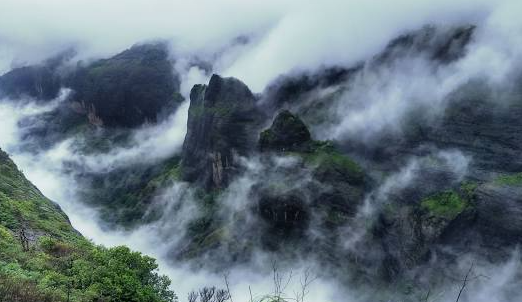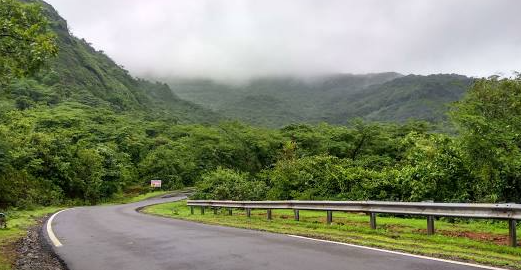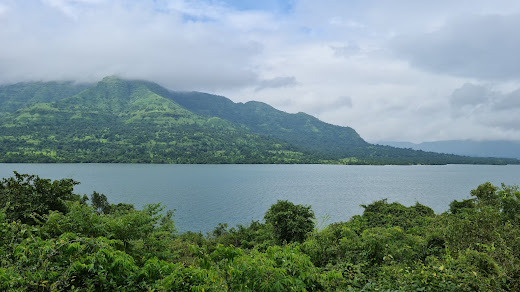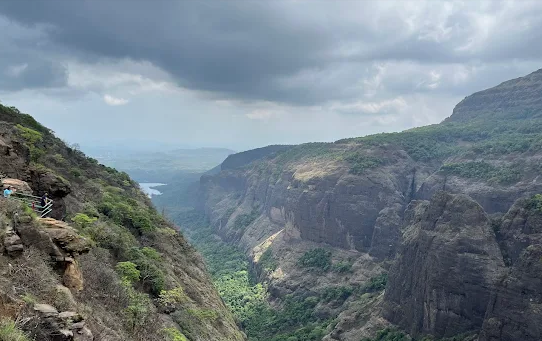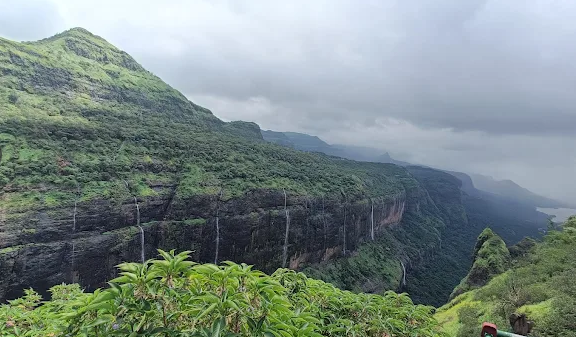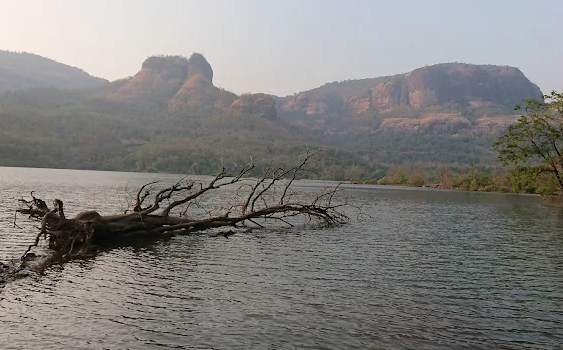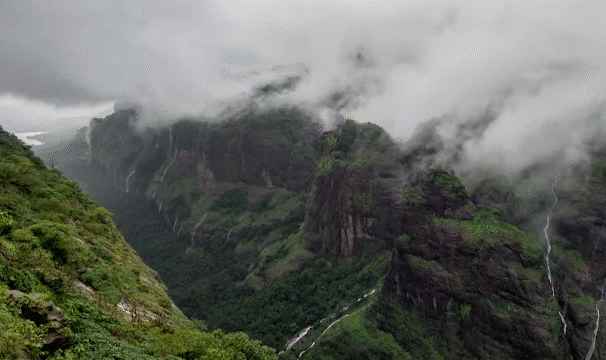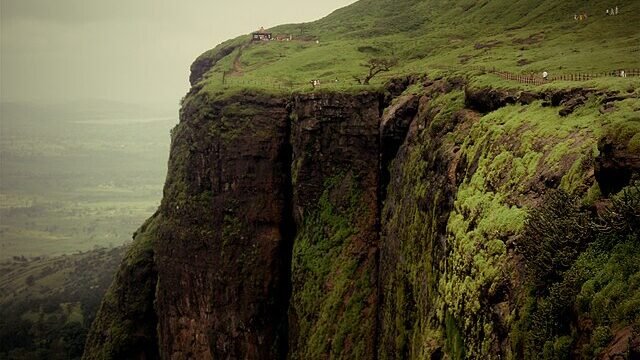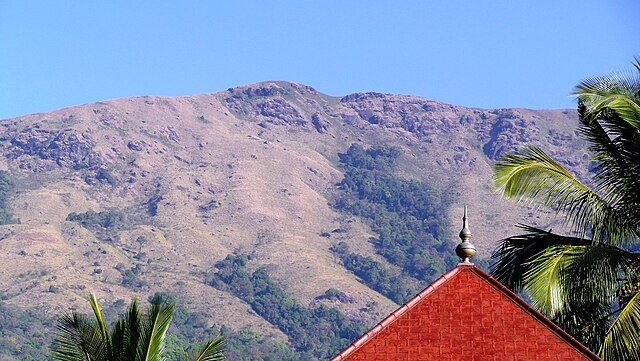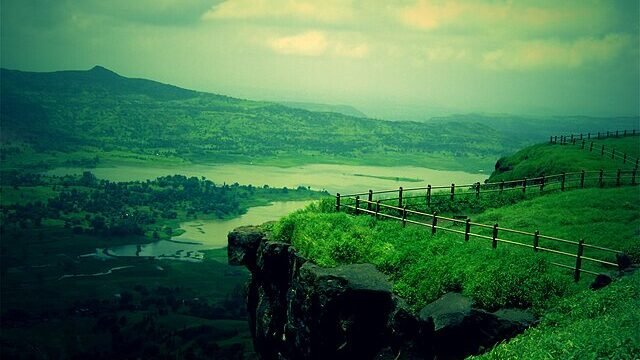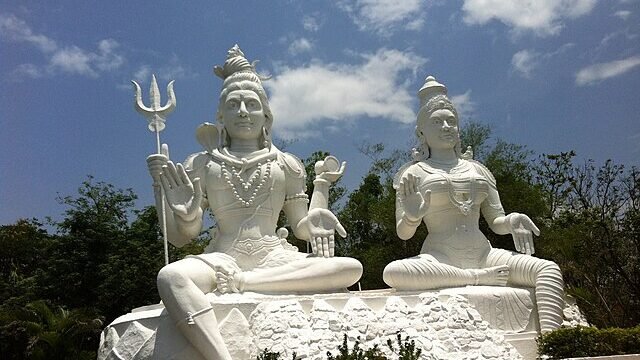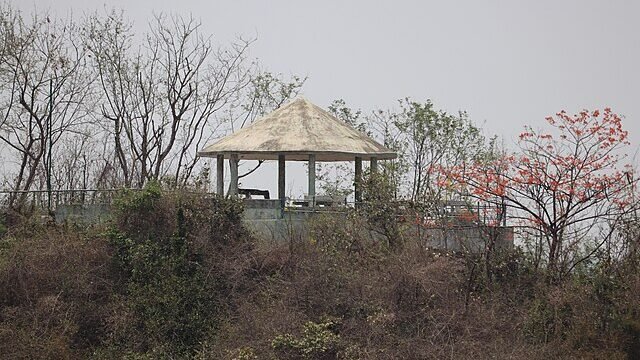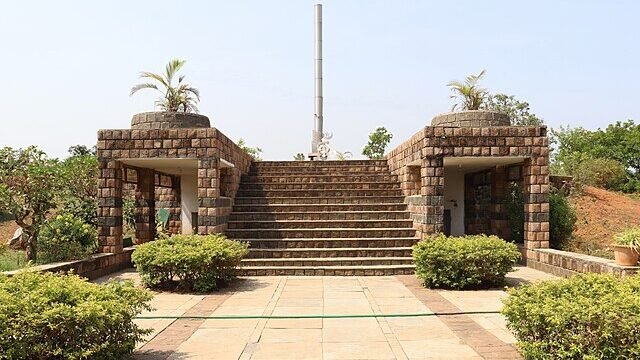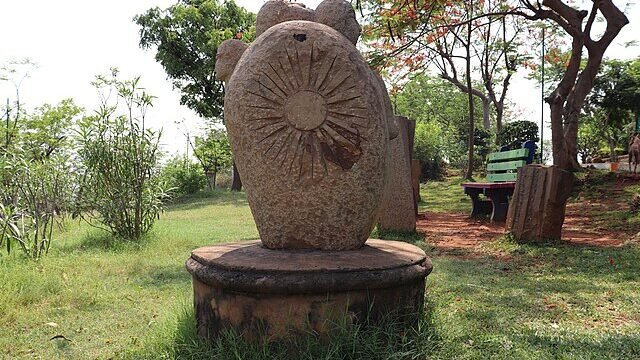Tamhini Ghat – Your Ultimate Guide to Maharashtra’s Monsoon Paradise
Description
Introduction: Escape to the Emerald Embrace of Tamhini Ghat
Imagine this: you’re enveloped by an ethereal mist, a symphony of raindrops drums on leaves of the deepest emerald, and the air vibrates with the thunderous applause of waterfalls reborn with each downpour. Welcome to Tamhini Ghat, a serpentine embrace of the Sahyadri range, a jewel nestled in Maharashtra's Western Ghats.
You can read : Kundalika Valley
More than just a scenic route, Tamhini Ghat is an experience, a sensory feast that draws you in, especially during the monsoon season. But it’s more than just a popular retreat; it's a complex ecosystem, a historical artery, and a landscape facing the pressures of modernity. So, join me as we embark on a journey to uncover everything from how to reach this haven to its hidden stories and, most importantly, how we can safeguard its future. Explore Tamhini ghat during Tamhini Ghat One day Trip From Pune.
The Heart of Tamhini Ghat: A Symphony of Nature
At its core, Tamhini Ghat is a 15-kilometer stretch of concentrated natural drama, a vital link connecting Mulshi to the Konkan coast. Picture winding roads carving through dense forests, opening up to reveal the tranquil beauty of serene lakes and the exhilarating rush of cascading waterfalls.
The seasons paint Tamhini Ghat in drastically different hues. During the monsoon (June-September), it transforms into a vibrant, almost hyperreal landscape. Waterfalls surge with life, and the entire region is draped in a verdant cloak. It’s been whispered that, at times, Tamhini rivals even Cherrapunji in rainfall, a testament to its monsoon majesty. In summer (March-May), the climate mellows, offering pleasant conditions for exploration. And in winter (November-February), the skies clear, revealing a landscape ideal for sightseeing and even camping under the cool, crisp air.
But Tamhini Ghat is more than just pretty pictures. It's a crucial part of the UNESCO World Heritage Site – the Western Ghats, a recognized biodiversity hotspot. And within this Ghat lies the Tamhini Wildlife Sanctuary (declared in January 2013), a treasure trove of flora and fauna. Think delicate orchids, towering teak, rustling bamboo, and a vibrant cast of creatures, from the elusive Indian Giant Squirrel (Shekaru) to the intriguing Kondana Soft-furred Rat and over 150 species of birds. Importantly, it serves as a vital wildlife corridor, facilitating the movement of species across fragmented landscapes.
Your Journey to Green Serenity: How to Reach Tamhini Ghat
Reaching this emerald paradise is part of the adventure:
- By Road (The Scenic Route):
- From Pune: A relatively short 40-70 km drive (approximately 2 hours) via Mulshi Road, leading you towards the serene Mulshi Lake.
- From Mumbai: Approximately 150-160 km (4-5 hours). You can either take the Mumbai-Goa Highway (NH17) to Kolad and then head towards Mulshi Dam backwaters or opt for the Mumbai-Pune Expressway.
- Tip: A private vehicle is almost essential to truly immerse yourself in the experience, allowing you the freedom to stop and soak in the ever-changing vistas.
- By Rail: While there's no direct railway station, Pune Junction, a major railway hub, is conveniently located about 56-70 km away. From there, taxis and cabs are readily available.
- By Air: The nearest airport is Pune International Airport (PNQ), roughly 53-70 km away. Mumbai (BOM) is another viable option, with taxis readily available from both.
Your Tamhini Ghat Adventure Checklist: Things to Do & Nearest Tourist Places
Tamhini Ghat is an open invitation to exploration and wonder. Here's a taste of what awaits:
- Chasing Waterfalls: This is the quintessential Tamhini experience. Visit Tamhini Waterfalls (Valse), the renowned Devkund Waterfall (brace yourself for a trek!), Satsada Waterfall, and Mulshi Waterfall. Prepare for refreshing dips and captivating photographs!
- Lakeside Lounging: Mulshi Lake and Dam offer a tranquil escape for picnics, boating, and birdwatching. Venture further to explore nearby dams like Bhira Dam and Temghar Dam.
- Trekking Trails for Every Level:
- Andharban Jungle Trek: A thrilling descent through a dense, almost primordial forest.
- Plus Valley Trek: A uniquely shaped valley resembling a "plus" sign, dotted with waterfalls and canyons.
- Fort Treks: Delve into history at forts like Korigad Fort, Tikona Fort, and Raigad Fort, each offering a unique perspective on the region's past.
- River Rafting Thrills: Head to Kolad on the Kundalika River for an adrenaline-pumping white-water rafting experience.
- Picture-Perfect Drives: The winding roads of Tamhini Ghat themselves are a visual feast. Don't miss Tamhini Ghat Lake View Point, a photographer's paradise, especially when shrouded in mist.
- Wildlife Spotting: Keep your eyes peeled for the region's diverse avian and mammalian inhabitants, particularly within the sanctuary.
- Local Delicacies: No trip is complete without savoring hot "Butta" (corn) and "Kanda bhajiya" (onion fritters) with a steaming cup of chai from the roadside stalls.
- Nearby Tourist Places: Extend your journey to Lavasa (India's planned hill city), the popular hill stations of Lonavala & Khandala, or Kamshet (a paragliding hotspot).
Echoes of the Past: Tamhini Ghat's Historical Significance
Beyond its beauty, Tamhini Ghat whispers tales of bygone eras. It served as a vital ancient trade route, connecting the Konkan coast with the Deccan Plateau, facilitating crucial socio-economic exchange.
The region is guarded by majestic Maratha forts, testaments to a rich history. Raigad Fort, Chhatrapati Shivaji Maharaj's capital, stands as a powerful symbol. Tikona Fort, linked to the Treaty of Purandar, and the strategic Kailasgad and Tailbaila Forts (used as surveillance points) further enrich the landscape.
Interestingly, the well-maintained Tamhini Ghat road we traverse today is a relatively recent development, born from the need for enhanced connectivity to the Konkan region. Dream of a railway line snaking through this terrain were eventually abandoned, a testament to the challenges posed by the landscape.
The Unfiltered View: Current Opinions & Controversies
It’s vital to acknowledge the complexities of Tamhini Ghat beyond its postcard-perfect façade:
- Safety First! Current Road Conditions: Recent closures (August 2024) on NH 753F (Adarwadi and Dongarwadi sections) due to heavy rainfall and landslides underscore the need for caution. While past opinions varied on road quality, it’s generally considered good, but with potential rough patches, especially during the monsoon. Always check for updates before you travel!
- Environmental Concerns & Damage:
- Littering and Plastic Pollution: Unregulated tourism often leaves behind a trail of waste, severely impacting the ecosystem.
- Habitat Destruction: Unchecked commercial development, with its proliferation of farmhouses and resorts, leads to deforestation, disrupting water retention and vital wildlife corridors.
- Chemical Spills: A tanker overturning in May 2025, releasing toxic acid, highlighted the inherent risks of transporting hazardous materials through this ecologically sensitive zone.
- Trampling Flora & Disturbing Fauna: Tourists straying from designated paths and the disruptive noise of loud music wreak havoc on the delicate ecological balance.
- Safety Hazards & Bans: Frequent accidents, particularly at waterfalls like Devkund, have led to temporary bans on tourist entry to sensitive areas (e.g., June-Sept 2025). Violations can result in penalties under the Wildlife Protection Act.
- Illegal Activities: Disturbing incidents, such as a double murder linked to the illegal pangolin trade in 2019, expose a darker side to the region. There have also been reports of locals illegally charging entry fees for private properties near forest areas.
- Construction Controversies: The National Green Tribunal (NGT) has imposed bans on construction within a 10 km radius of the wildlife sanctuary due to its detrimental environmental impact.
Paving the Way Forward: Future Developments in Tamhini Ghat
Hope flickers on the horizon with ongoing efforts to safeguard this precious landscape:
- Eco-Restoration Project (Launched June 2025): The "Biodiversity and Eco-Protection in Plus Valley, Tamhini Wildlife Sanctuary," a year-long initiative by the Maharashtra Forest Dept, Microsoft, and CYDA, focuses on ecological protection, improved infrastructure (solar lighting, protective gates, signage), waste management (dustbins, bottle crushers), and water conservation. It also seeks to involve the community by training eco-guides and promoting homestays.
- Sustainable Tourism Initiatives: A slot-booking system is being considered to manage overcrowding and minimize ecological impact.
- Ongoing Road Improvements: Efforts to improve road sections continue, albeit with delays and environmental scrutiny.
- Residential Projects: Upcoming real estate developments present a challenge to balancing growth with conservation.
Your Burning Questions Answered: Tamhini Ghat FAQs
- Q1: Where is Tamhini Ghat located?
- In the Sahyadri range of the Western Ghats, Maharashtra, connecting Mulshi and Konkan.
- Q2: What is the best time to visit Tamhini Ghat?
- Monsoon (June-September) for lush greenery and waterfalls; Winter (November-February) for clear skies.
- Q3: What is Tamhini Ghat famous for?
- Its scenic beauty, waterfalls, biodiversity, and proximity to Pune and Mumbai.
- Q4: What are the main things to do and see in Tamhini Ghat?
- Waterfalls, lakes, trekking, wildlife spotting, and scenic drives.
- Q5: How to reach Tamhini Ghat?
- By road from Pune/Mumbai, by rail to Pune Junction, or by air to Pune/Mumbai airports.
- Q6: What are the road conditions like?
- Generally good, but can be rough during monsoon. Check updates before traveling.
- Q7: Are there any Nearest tourist places around Tamhini Ghat?
- Lavasa, Lonavala, Khandala, Kamshet.
- Q8: What is the Significance of Tamhini Ghat beyond tourism?
- A biodiversity hotspot, wildlife corridor, and historically significant trade route.
- Q9: Is Tamhini Ghat safe to visit during monsoon?
- Exercise caution due to heavy rainfall, landslides, and potential temporary bans on sensitive areas.
- Q10: What about food and accommodation?
- Roadside stalls offer local delicacies. Homestays and resorts are available in the surrounding areas.
Conclusion: Embrace Tamhini Ghat, Respect Its Wonders
Tamhini Ghat is a truly special place, a symphony of natural beauty, adventurous activities, and rich history. As you plan your trip, remember that we are all temporary guests in this remarkable ecosystem. Let’s embrace responsible travel by adhering to guidelines, respecting the wildlife, and leaving no trace behind. Together, we can ensure that Tamhini Ghat remains a monsoon paradise for generations to come.
Location
Review
Login to Write Your ReviewThere are no reviews yet.

